The Austin Champ was an advanced military 4×4 developed in the late 1940s. It’s powered by a Rolls-Royce engine, it has independent four wheel suspension, it could drive through water up to 6ft in depth, and it had a handy built-in pintle mount for attaching your machine gun.
The Champ was developed by the Brits to replace the WWII-era Jeep in their various military fleets. Ultimately just 13,000 examples of the Champ would be made before the Land Rover Series 1 won out – as it provided a much cheaper alternative.
Fast Facts – The Austin Champ
- Development of the Austin Champ started in 1947, it was designed specifically for British and Commonwealth military use, to replace the aging Jeep population and reduce dependency on foreign-manufactured vehicles.
- The Champ is powered by the Rolls-Royce B40 petrol engine, a 2.8 liter four-cylinder unit capable of 80 bhp. It was fitted with a 5-speed all-synchromesh gearbox, a dual-range transfer case, and thanks to the reverse gear in the rear differential, the 5-speeds could be used in both forward and backward directions.
- The unusual suspension used in the Champ was designed by Alec Issigonis who later designed the world famous Mini. The suspension is independent on all four wheels with double wishbones, longitudinal torsion bars, and hydraulic dampers.
- Ultimately the far less expensive Land Rover Series 1 would come along in the late 1940s and offer an excellent and far cheaper home-grown alternative to the Champ, and it would win out in the end with the Champ leaving production in 1956.
The Development Of The Austin Champ
In 1947, the British War Office sought to develop a new general-purpose vehicle capable of replacing the aging American-built jeeps and other utility vehicles in use at the time. The primary objective was to create a vehicle with exceptional off-road capabilities, which would be robust, versatile, and suitable for use in a range of challenging environments.
Above Video: This 1952 newsreel shows the Austin Champ in action back when it was still quite new. It showcases some of its attributes, including its excellent water-fording abilities of up to 6 feet.
This led to the development of the “Car, 4×4, 5 cwt FV1800 Series” and the subsequent collaboration between the Fighting Vehicles Research and Development Establishment (FVRDE) and the Austin Motor Company.
The FVRDE, based in Chertsey, Surrey, was responsible for the development of new military vehicles and equipment for the British Army. The organization began working on the prototype for the new vehicle, codenamed “Wolseley Mudlark,” which would eventually evolve into the Austin Champ.
The FVRDE worked closely with the Austin Motor Company to ensure the vehicle met military requirements while also leveraging the company’s automotive engineering expertise. This collaboration resulted in a number of innovative design features that set the Austin Champ apart from its contemporaries.
The Austin Champ: Specifications
The Austin Champ was equipped with an independent suspension system and longitudinal torsion bars on all four wheels, which provided good ground clearance and ensured the vehicle could traverse rough, varied terrain. This suspension design was unusually advanced for its time, offering superior wheel travel and articulation compared to the leaf spring suspension and live axles commonly used in other military vehicles like the Jeep.
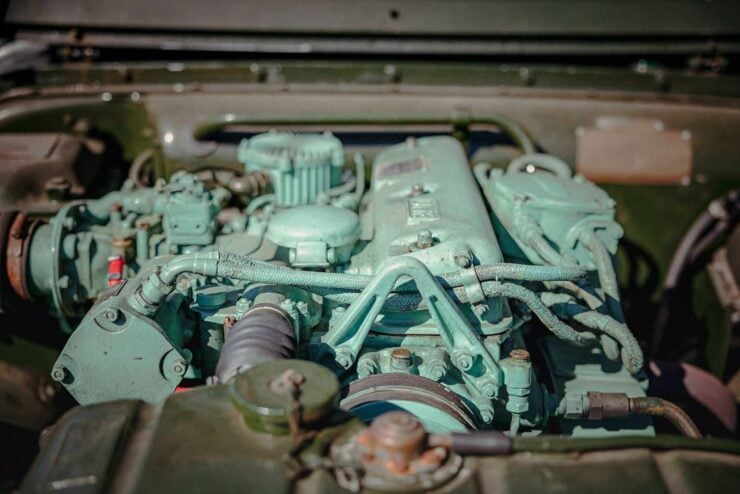
Until the release of the Rolls-Royce Cullinan in 2018 the Austin Champ was one of the only 4×4 vehicles in history to have been factory-fitted with a Rolls-Royce engine.
The Champ was powered by a 2.8 liter, four-cylinder, Rolls-Royce B40 petrol engine, which provided adequate power and torque for its size. The engine was mated to a five-speed, all-synchromesh gearbox, with a two-speed transfer case that offered both high and low-range gears.
This combination allowed the vehicle to achieve solid off-road performance and a top speed of approximately 65 mph (105 km/h) on-road. Interestingly the vehicle had a combined transfer box and differential assembly in the rear with a reverse gear, which allowed the 5-speeds of the gearbox to be used in both the forward and backward direction when in two-wheel drive mode.
The Austin Champ was designed with durability in mind, featuring a robust military-spec construction that made it capable of withstanding harsh conditions and challenging environments from the deserts of Australia to the frigid highlands of Scotland.
The vehicle’s chassis was constructed from heavy-duty steel and the body was made from pressed steel panels, interestingly the body was designed as semi-load bearing to work with the chassis to resist flexing.
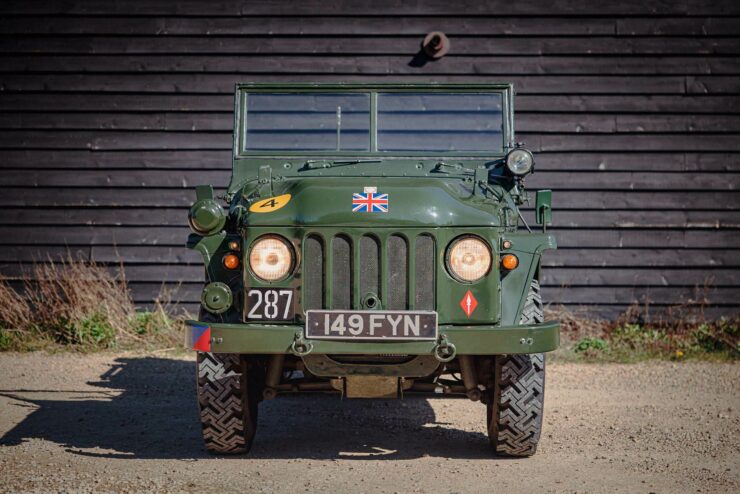
In this image if you look under the vehicle you can see the lower part of the front drivetrain, the Champ has independent four wheel suspension that offered excellent articulation and road handling by the standards of the time.
Production of the Austin Champ commenced in 1951, and by 1956, a total of approximately 13,000 units had been manufactured.
The vehicle was primarily used by the British Army, but it also saw service with the Royal Marines, Royal Air Force, and various Commonwealth forces. The Champ was deployed in various conflict zones, including the the Suez Crisis and the Malayan Emergency.
The original contract with Austin had been for 15,000 vehicles however the Series 1 Land Rover had been developed and released in the late 1940s and it cost just half as much as the Champ while still performing roughly the same both on road and off.
It would be the Land Rover that would become the de facto 4×4 for the British military by the 1960s, and in the late 1960s almost all the Austin Champs were sold off into civilian hands. Many have survived to the modern day as unusual collector’s items, and they’re prized by military history buffs.
The 1955 Austin Champ Shown Here
This particular Champ once belonged to a man who owned the largest dealership of spare parts for these vehicles in the UK. Consequently, it has been fitted with a wide array of extras, including a snorkel and a rare Butler spotlight – both of which are highly coveted by Champ aficionados.
The vehicle is equipped with attachable side screens for use in inclement weather, a proper first aid kit, a water jerry can, and even a standard machete knife in its body-mounted scabbard. Moreover, it features a wind-up five-day clock, which the owner believes to be from a Lancaster bomber.
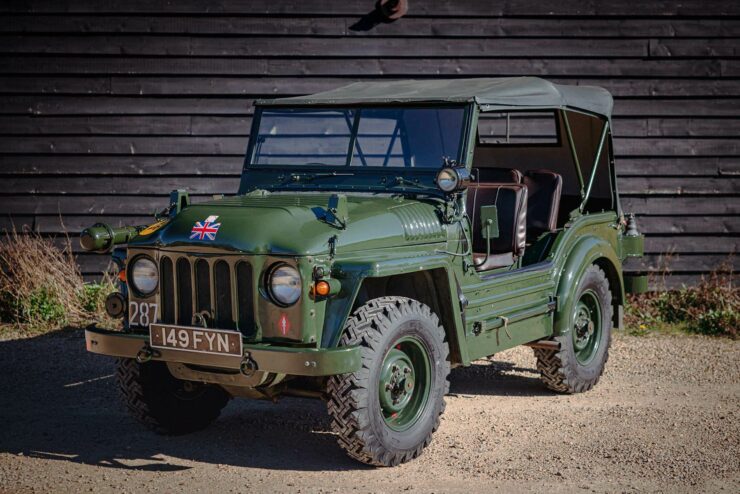
The Champ can be fitted with side doors and a folding top, as well as side curtains, to offer decent weather protection when needed.
Champs were produced in three primary versions: utility, cargo, and radio. This particular vehicle is the radio variant, which comes with 24-volt electrics and a two-stage alternator for increased power.
The rear passenger bench seat can be folded forward, revealing a flat platform for mounting radio equipment, compatible with both Larkspur and Clansman radio sets.
In terms of modifications, the vehicle maintains its original design, with a few discreet additions such as an electric cut-off switch (key-operated) for security, a cigar lighter-type power socket for charging purposes, and insulated fuel lines atop the engine to avoid vapor lock issues caused by modern e-fuels.
Champs were designated by the British military as FV 1800 – Fighting Vehicle. In this capacity, the windshield can be lowered, and a Bren gun can be mounted on the front passenger side. The seller is willing to provide one (decommissioned of course) as a separate sale if needed.
This Champ is now being offered for sale though The Market by Bonhams out of Abingdon in the United Kingdom. If you’d like to read more about it or register to bid you can visit the listing here.
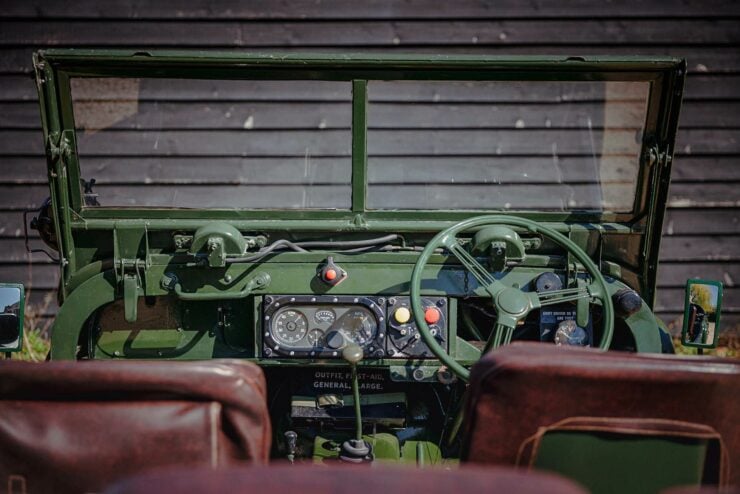
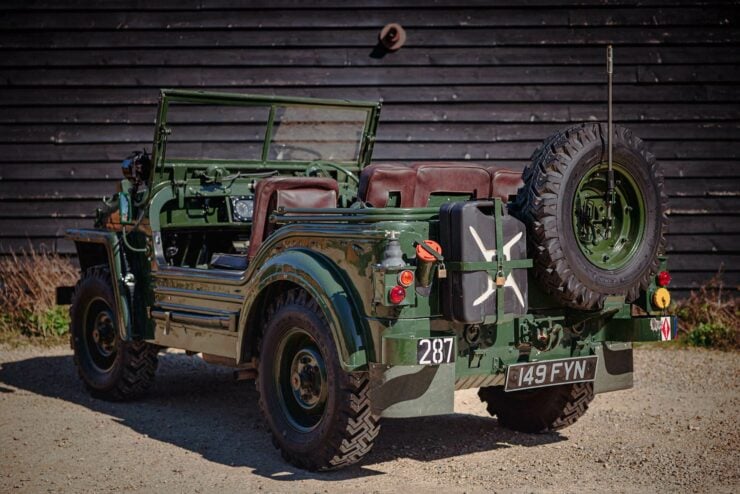
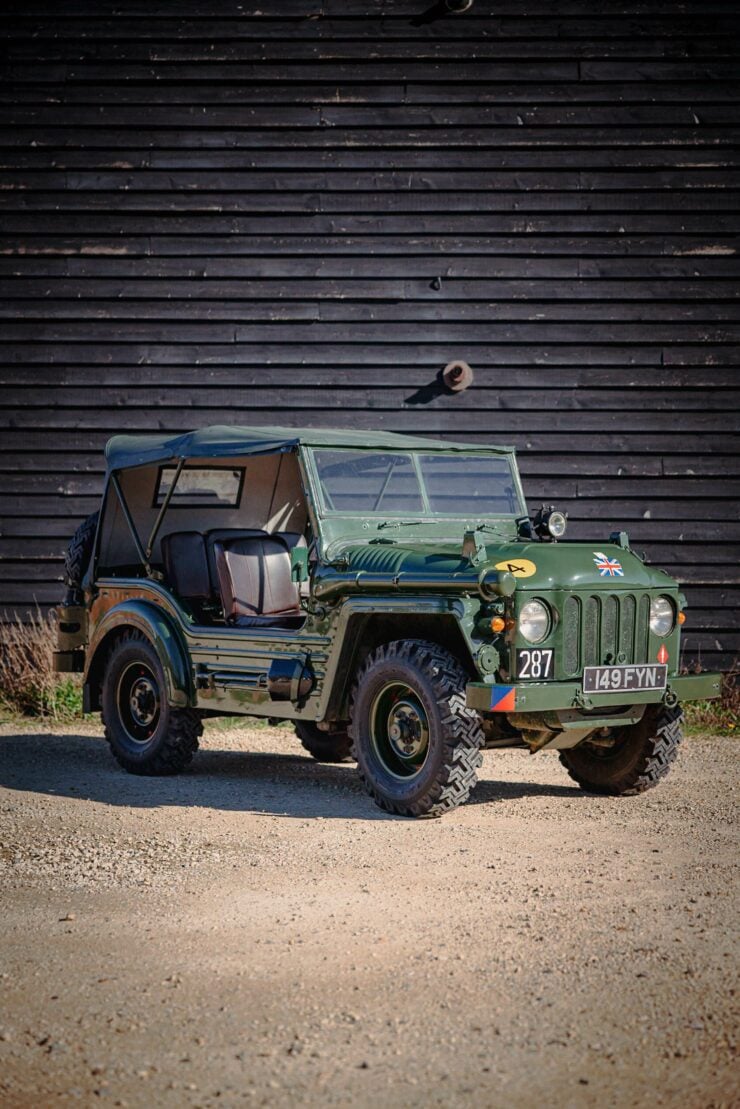
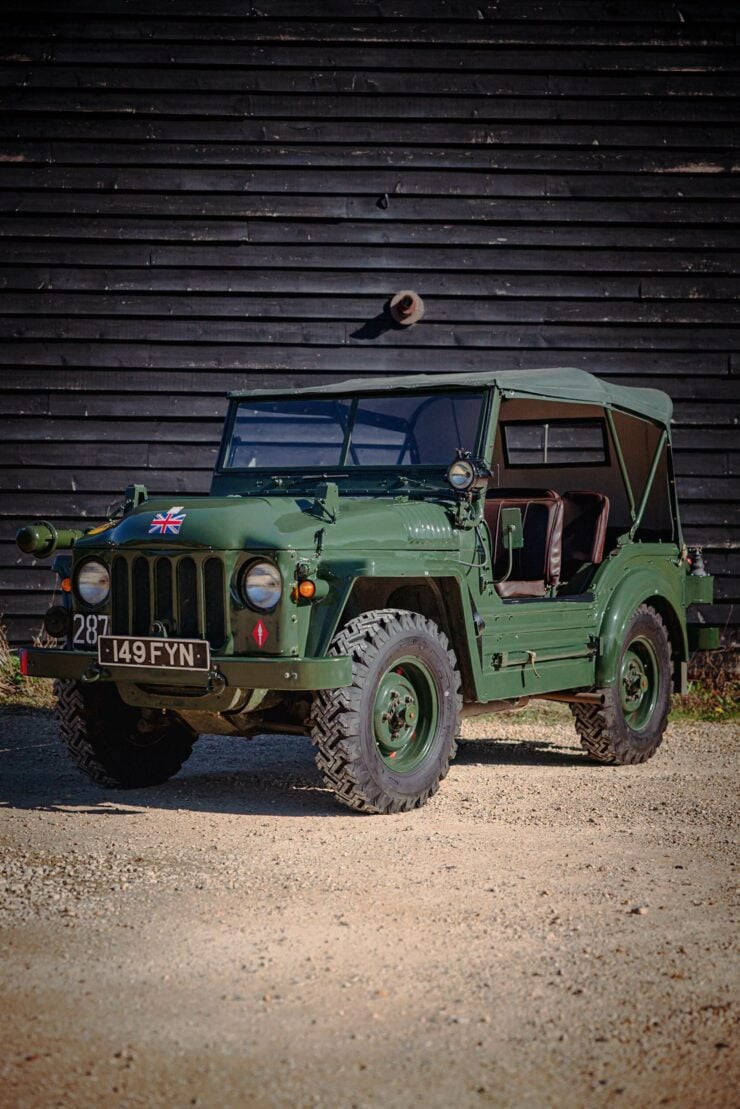
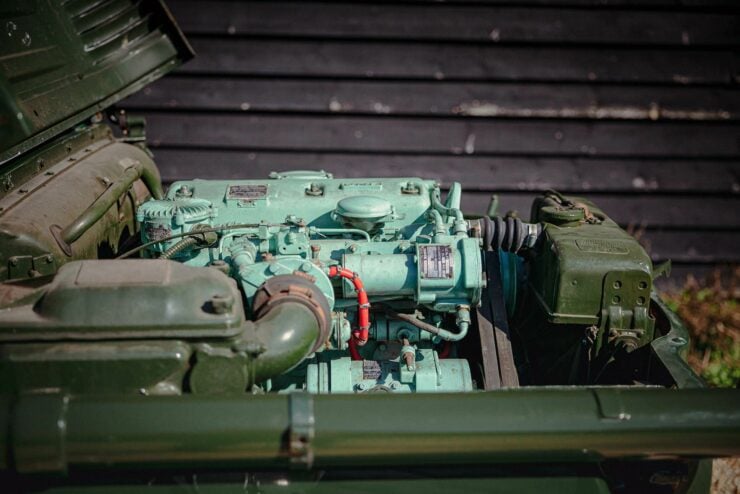
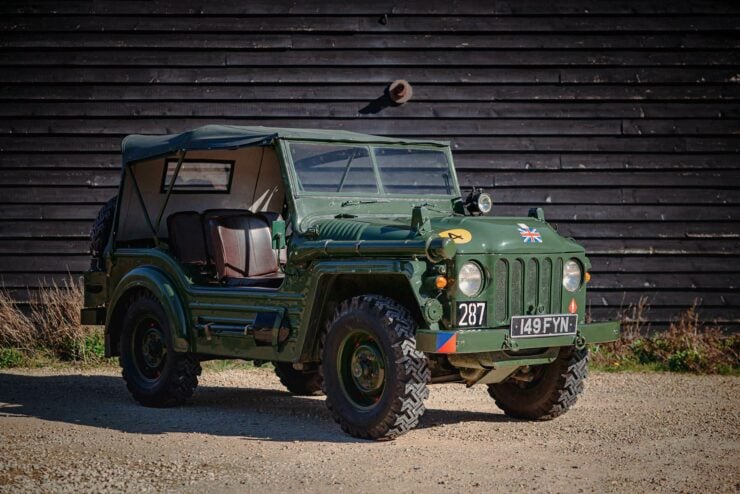
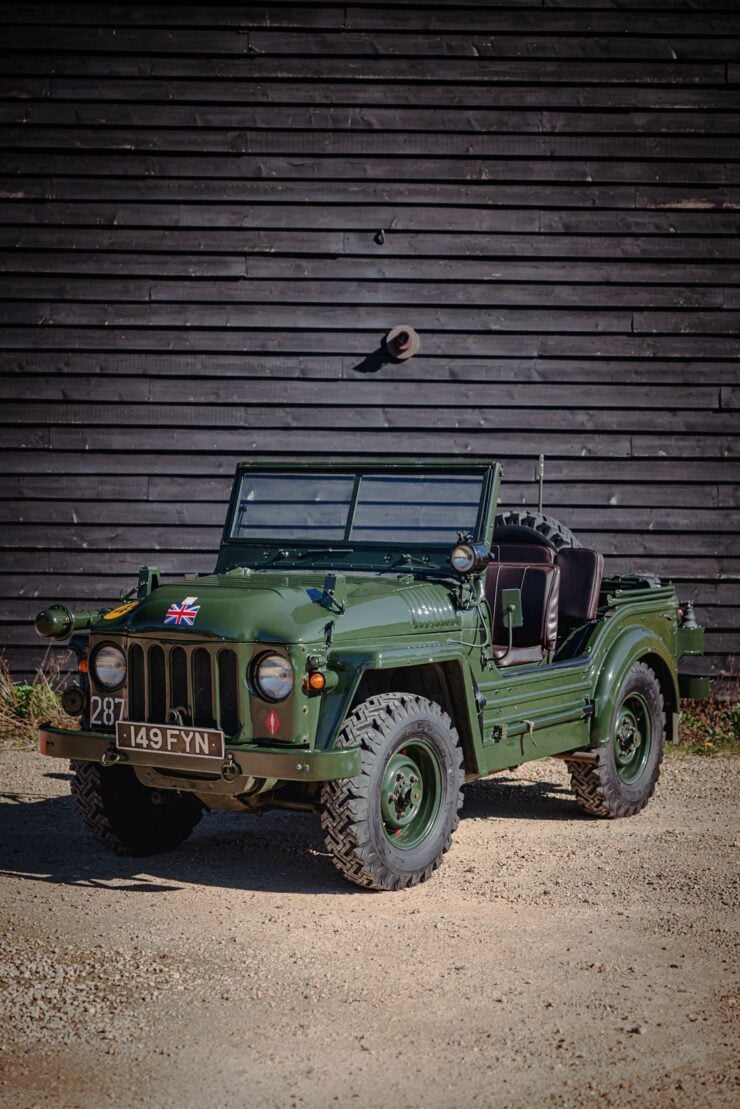
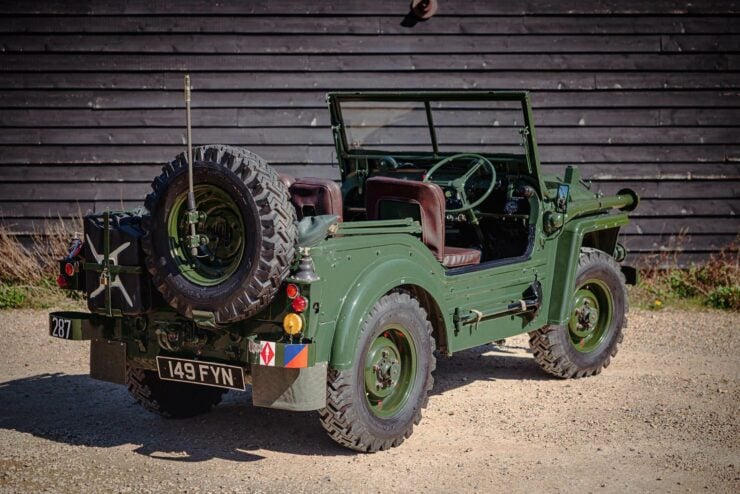
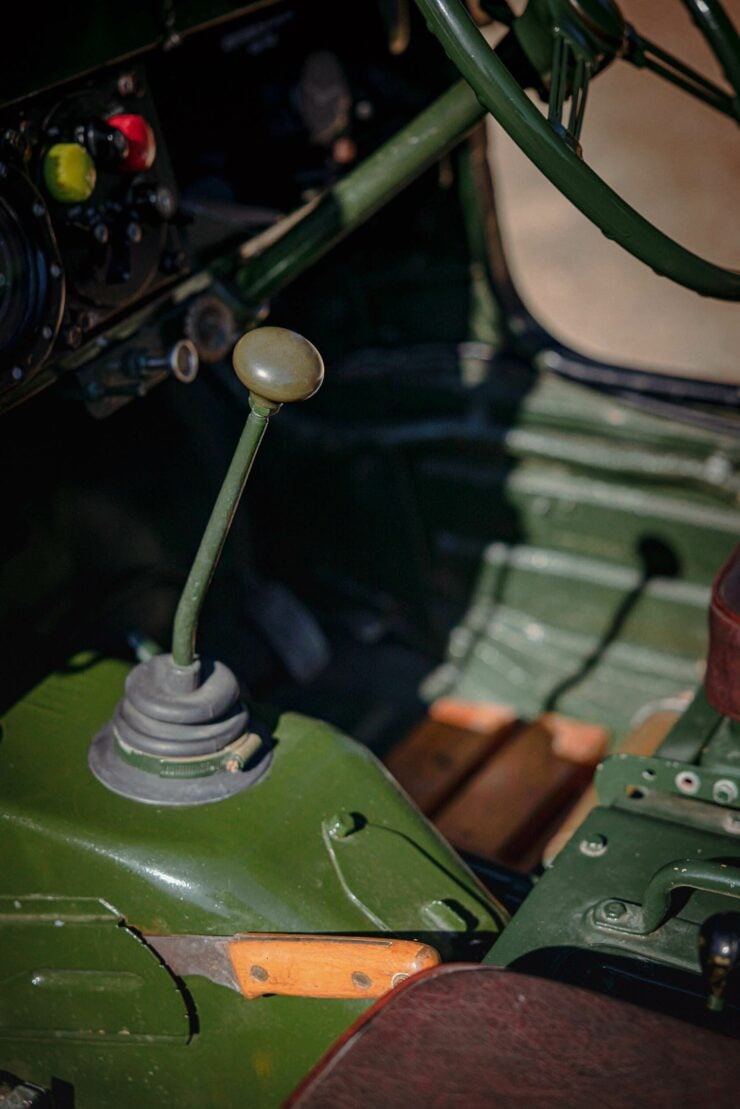
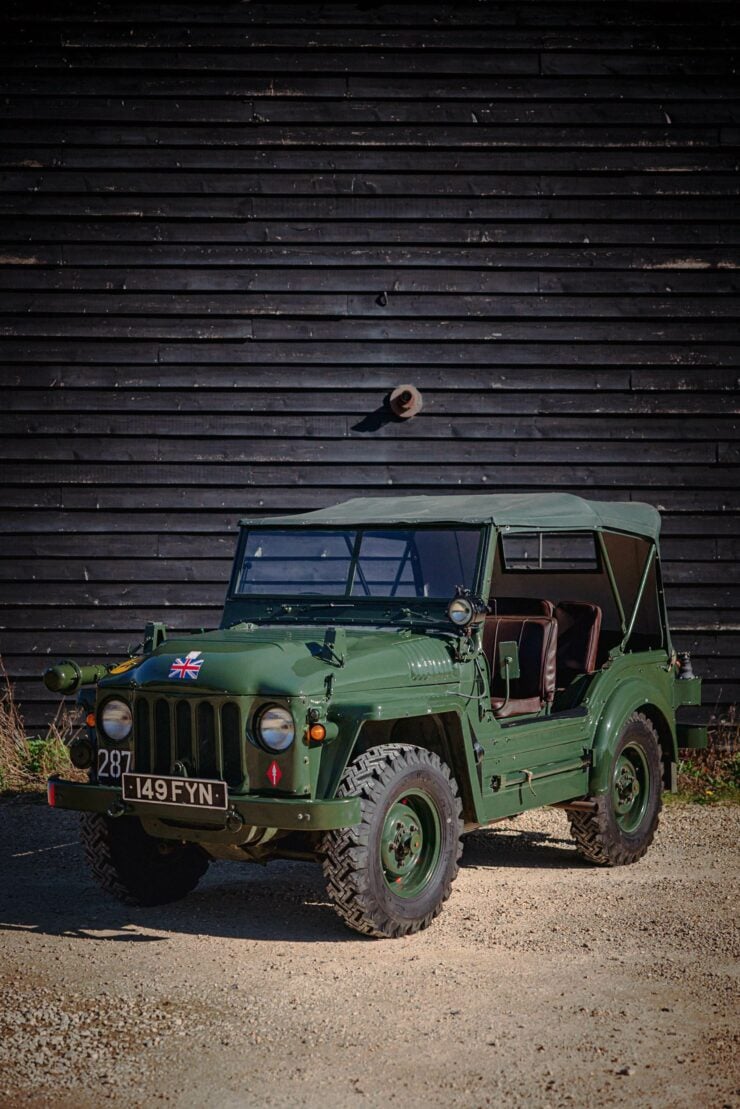
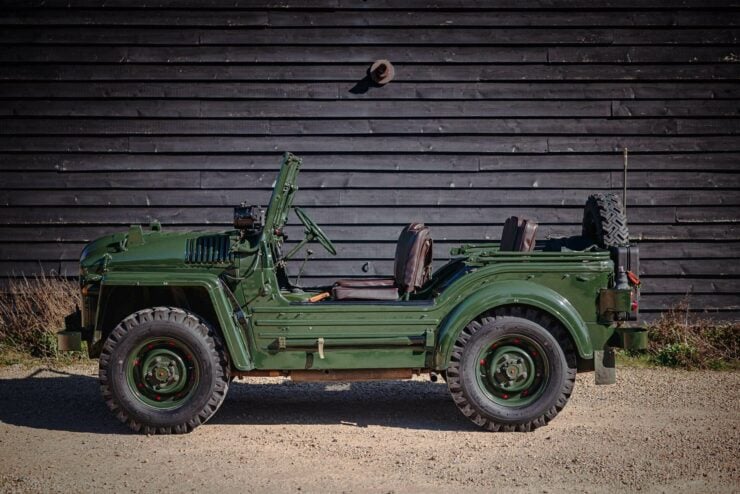
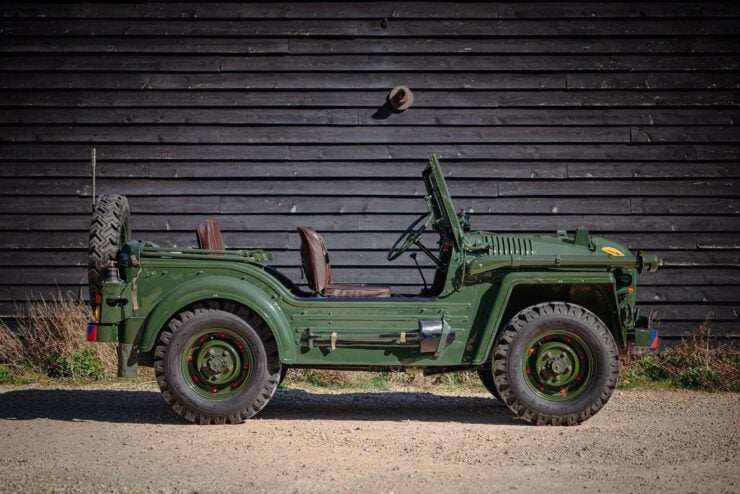
Images courtesy of The Market by Bonhams
The post The British 4×4 That Was Designed To Replace The Jeep: The Austin Champ appeared first on Silodrome.
from Silodrome https://silodrome.com/austin-champ-4x4/
via gqrds